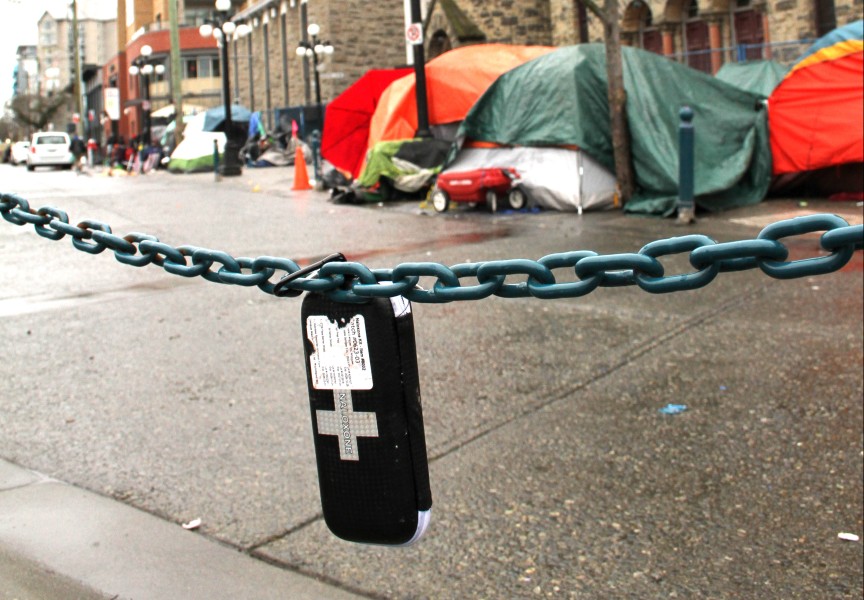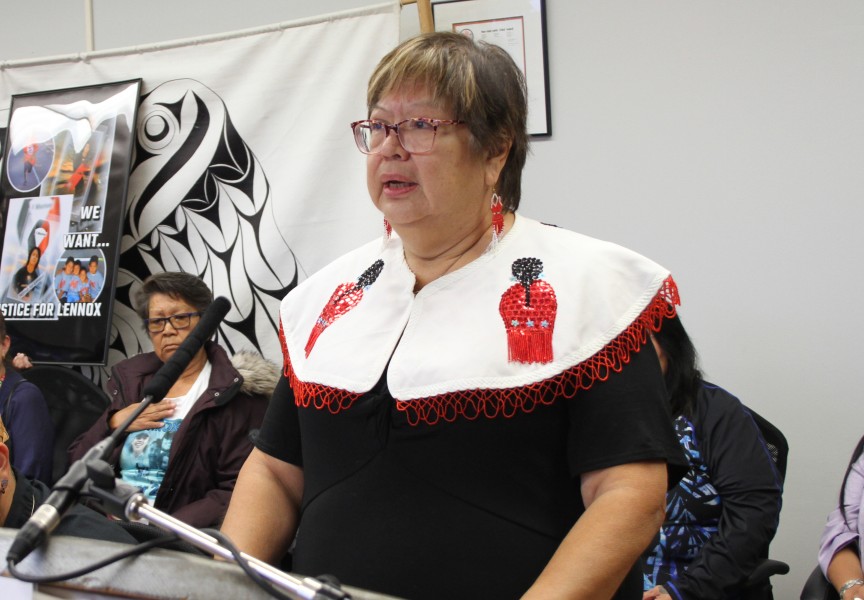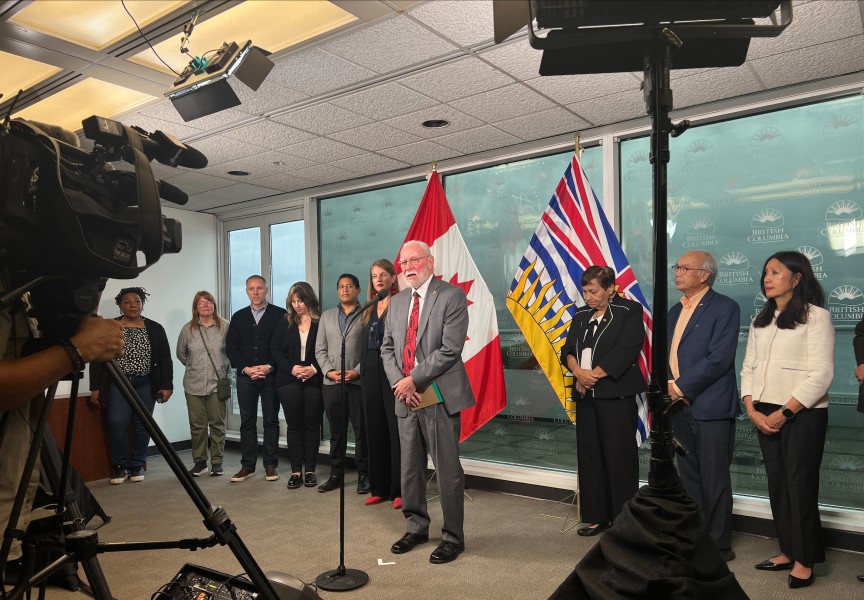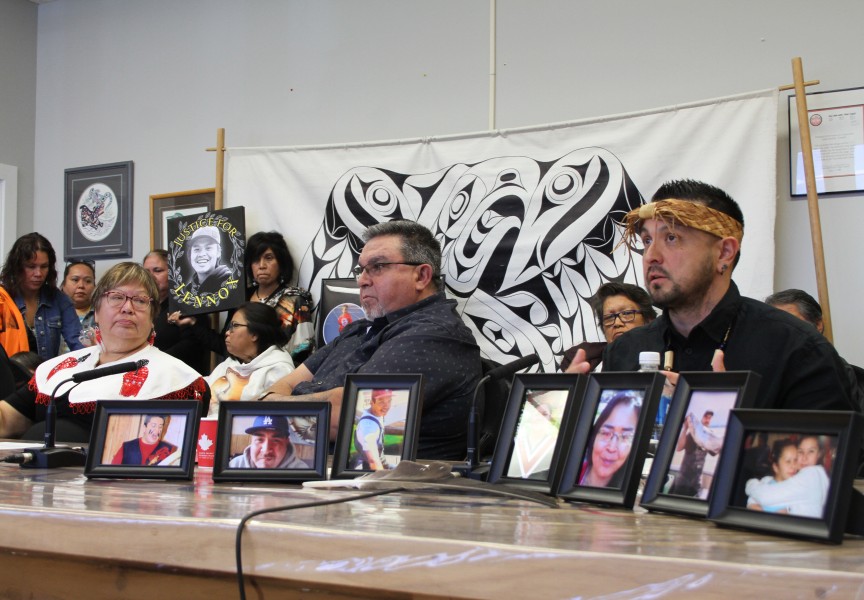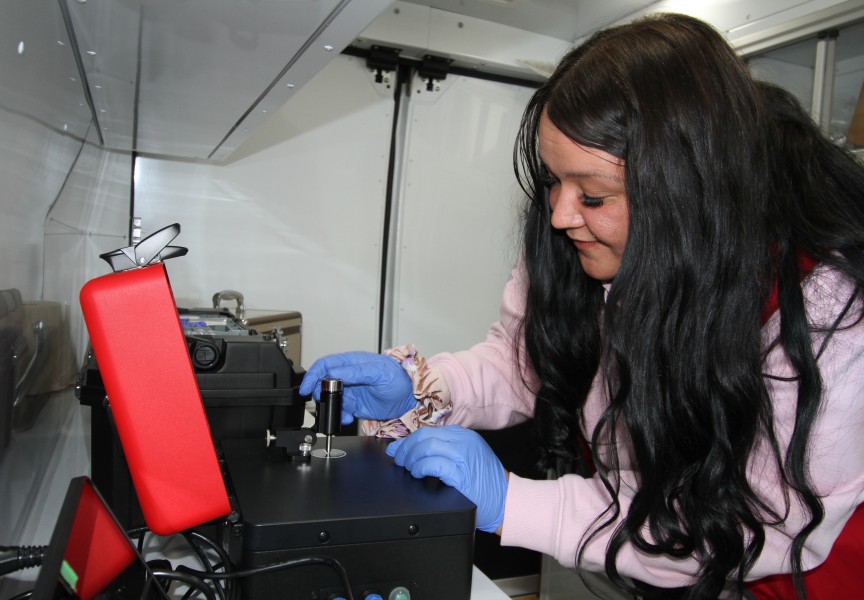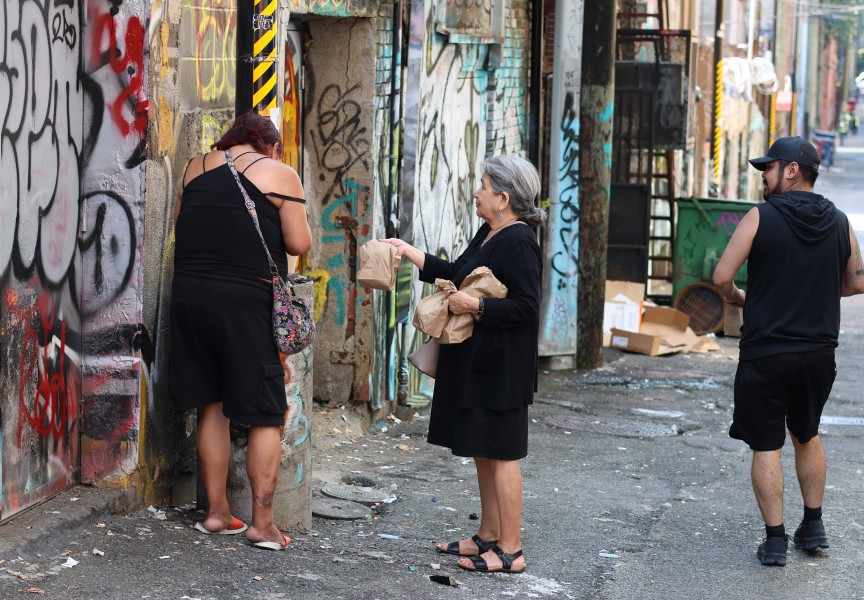A substance stronger than Fentanyl has been detected in British Columbia’s unregulated drug supply, prompting an alert in the Northern Health region.
According to a statement issued by the province on April 3, 2025, Nitazene, a substance stronger than Fentanyl, is surfacing in the unregulated drug supply in B.C.
“Nitazine is a synthetic opioid that is equal to, or more toxic than, fentanyl that cannot be detected on fentanyl test strips. This represents an increased risk of toxic drug poisonings,” health officials said in the statement.
On March 27 the Northern Health region issued a toxic drug advisory, warning substance users to beware of a white pill being sold on the unregulated market known as Oxycocet.
“Northern Health has issued a drug advisory for the Northern Health region. A round white pill sold as ‘Oxycocet’ has tested positive for isotonitazene,” stated the health authority.
They go on to state that Isotonitazene or "Nitazene" is a synthetic opioid that is equal or more toxic than Fentanyl and is not detected on Fentanyl test strips.
According to drugfree.org, Nitazine is a powerful lab-made opioid with no approved medical use. Nitazine is about 40 times more potent than Fentanyl and may not show up on standard drug test kits. Fentanyl is a synthetic opioid that works like morphine but is about 100 times more potent. It is about 50 times more potent than heroin.
Symptoms of a Nitazene overdose are similar to other opioid overdose symptoms, including breathing that has slowed, is halting, or has stopped. Other overdose symptoms include non-responsiveness, loss of consciousness, pin-point pupils, blue or grey skin, discoloured lips, and/or fingernails.
Naloxone can be used to treat Nitazene overdose. The B.C. Centre for Disease Control encourages substance users, their friends and families to carry naloxone kits, available free of charge at most pharmacies in the province to First Nations people through their health benefits.
“Nitazene is only one of several substances that have been detected in the increasingly toxic and dangerous unregulated drug supply in B.C. It is helpful to test your substances whenever possible,” the BCCDC advises.
The BCCDC offers harm-reduction advice through their website towardtheheart.com.
To reduce the chance of overdose, substance users should avoid using alone.
“Start low and go slow and if using with a friend, try to alternate use to support one another,” Toward the Heart advises, adding to use in an overdose prevention site when possible and to always carry Naloxone.
Despite public complaints about tax-funded harm reduction services in the communities, the BCCDC says research has shown that harm reduction services not only saves lives but reduces the spread of disease. Harm reduction services include safe consumption sites, the distribution and disposal of clean supplies like needles, and making Naloxone available.
“Harm reduction aims to keep people safe and minimize death, disease, and injury from high-risk behaviour,” reads the Towards the Heart website.
Harm reduction services also reduces the spread of diseases like HIV and hepatitis. In addition, it can increase referrals to treatment programs and services.
Call 9-1-1 or your local emergency number right away if someone overdoses.
For more information about harm reduction please visit towardtheheart.com.


